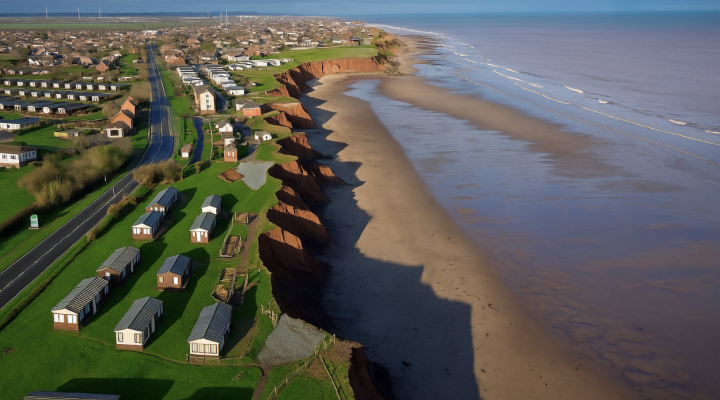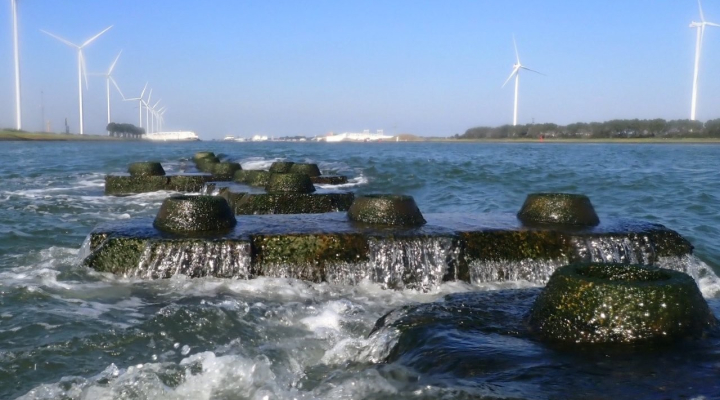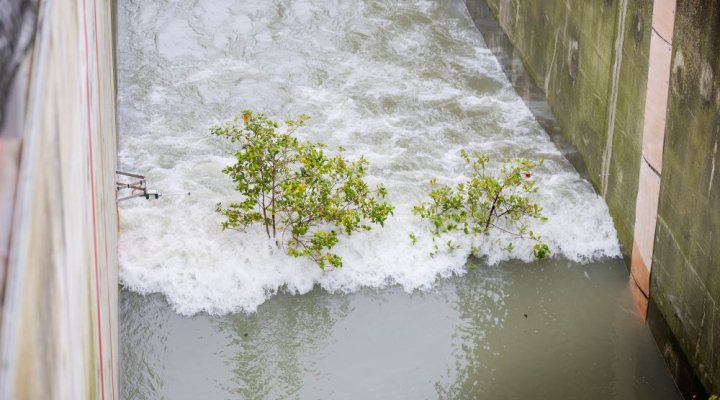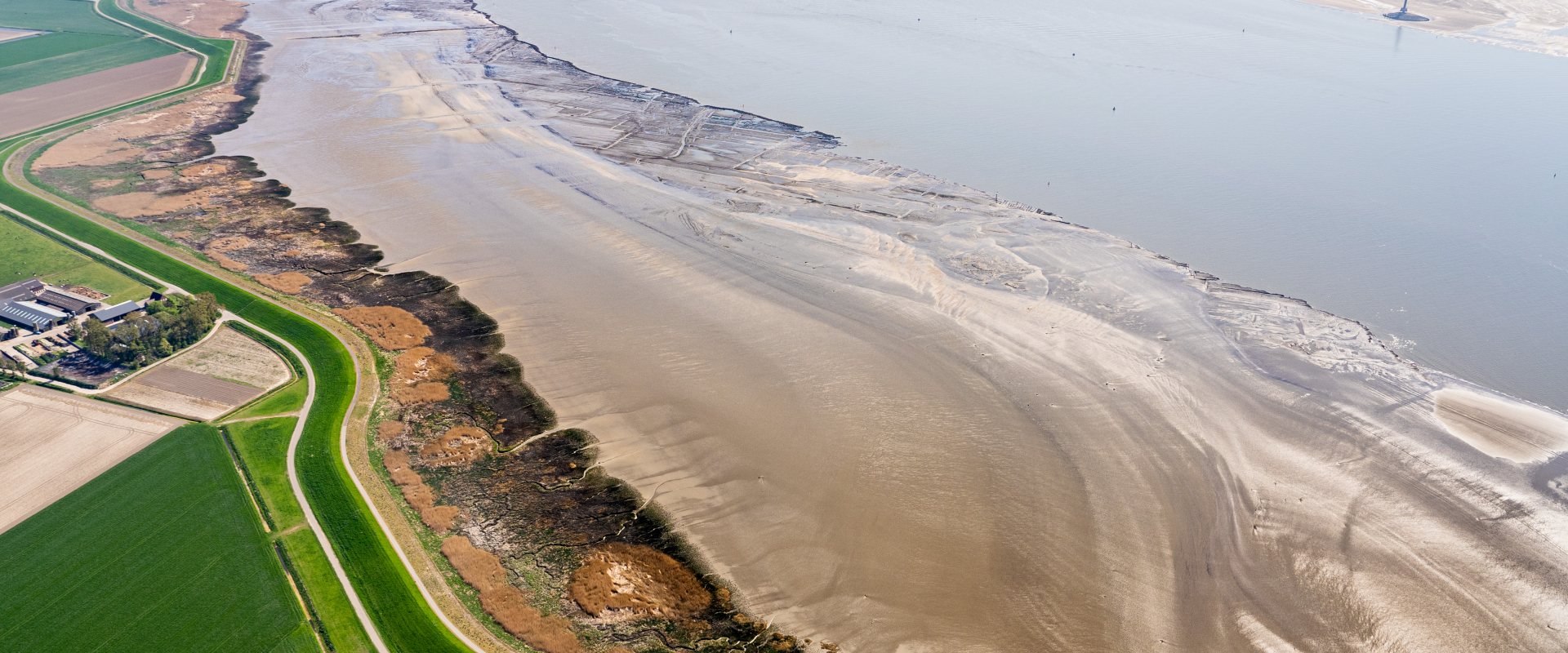
Coastal salt marshes as flood fighters
Salt marshes are increasingly recognised as valuable natural defences that protect coasts against strong wave attacks.
A recent scientific study revealed that these wetlands along the Dutch coast not only absorb wave energy but also reduced the effects of levee breaches during extreme flood disasters in 1717 and 1953.


Flood fighters
A research team led by scientists from the Royal Netherland Institute for Sea Research (NIOZ), Delft University of Technology, Deltares and Antwerp University, dug in the history of two extreme Dutch flood disasters and conducted field research.
It was already known that these natural systems absorb wave energy. This new study however, shows that salt marshes have reduced the number of levee breaches during the Dutch 1717 historic flood disaster. More interestingly, in the case of the 1953 flood disaster, salt marshes did not only act as ‘wave absorbers’ that ease wave attacks on the levee, but also acted as ‘flood fighters’ that lower the flood depth by limiting the size of breaches.
The results of the study have been published in Nature Sustainability on 29 June. Read the full (paid) article Historic storms and the hidden value of coastal wetlands for nature-based flood defence.
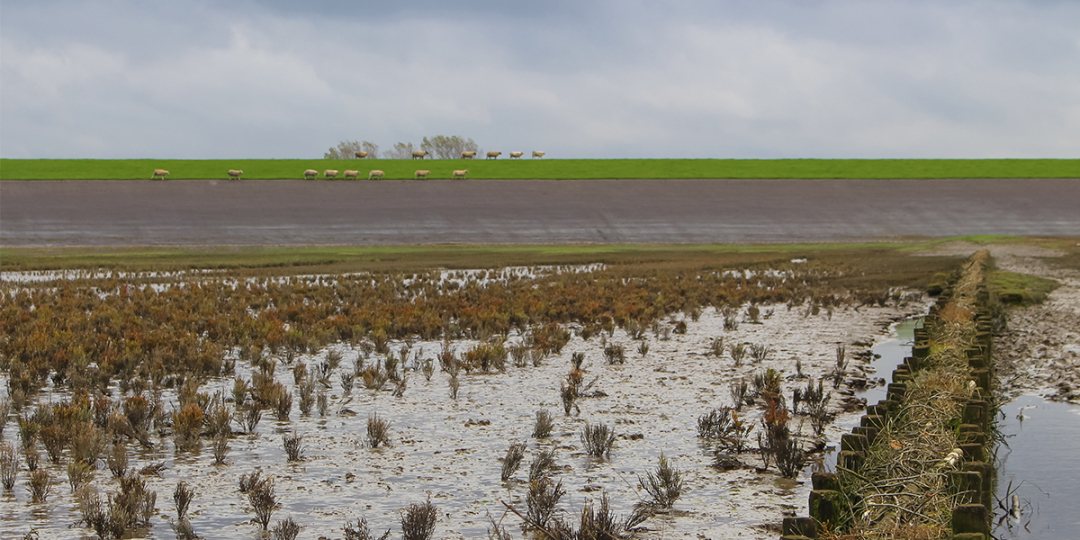

Limiting risks of sea level rise
According to Zhenchang Zhu, the leading author of this paper who conducted this research at NIOZ, the Dutch coastal salt marches have limited the flood risks of hundreds of years.
‘Flood defenses combining green and grey features are actually more beneficial than considered earlier. Beyond wave attenuation, salt marshes can lower flood impacts simply by limiting the size of dike breach, and continue to do so under sea level rise’, Zhu says, currently working at Guangdong University of Technology, China.
‘This generally overlooked function of salt marshes is actually more applicable than wave dissipation, as it is not limited to wave-exposed locations’, he adds. ‘Salt marshes not only reduced the number and total width of levee breaches during the 1717 Christmas flood, but were also found to confine the breach depth during the 1953 North Sea flood.’
‘Especially the latter, previously unknown function of natural defences, can greatly reduce flood damage by lowing inundation depth’, Zhu suggests.




